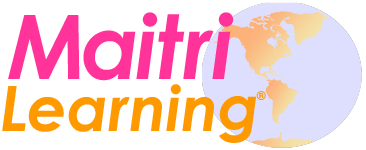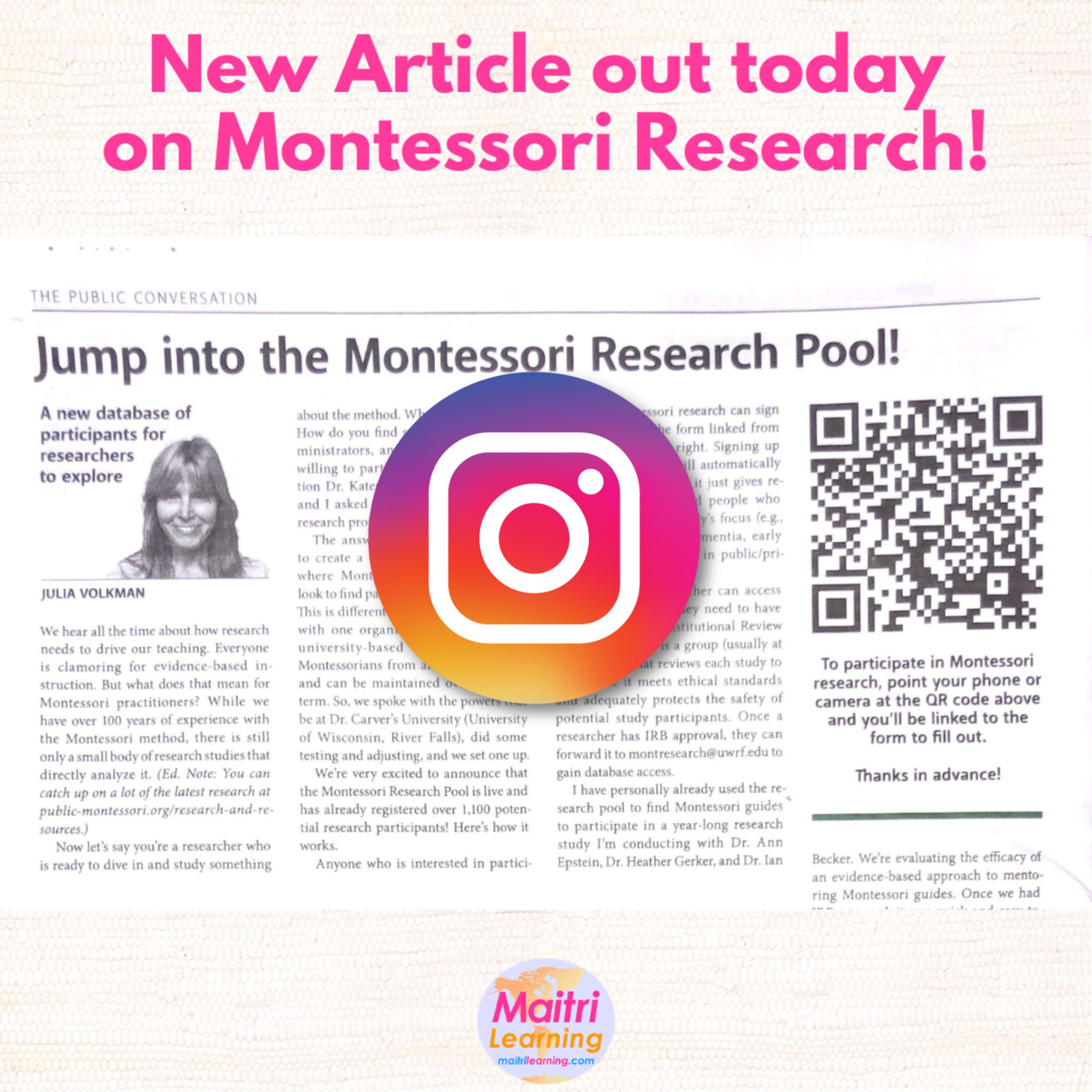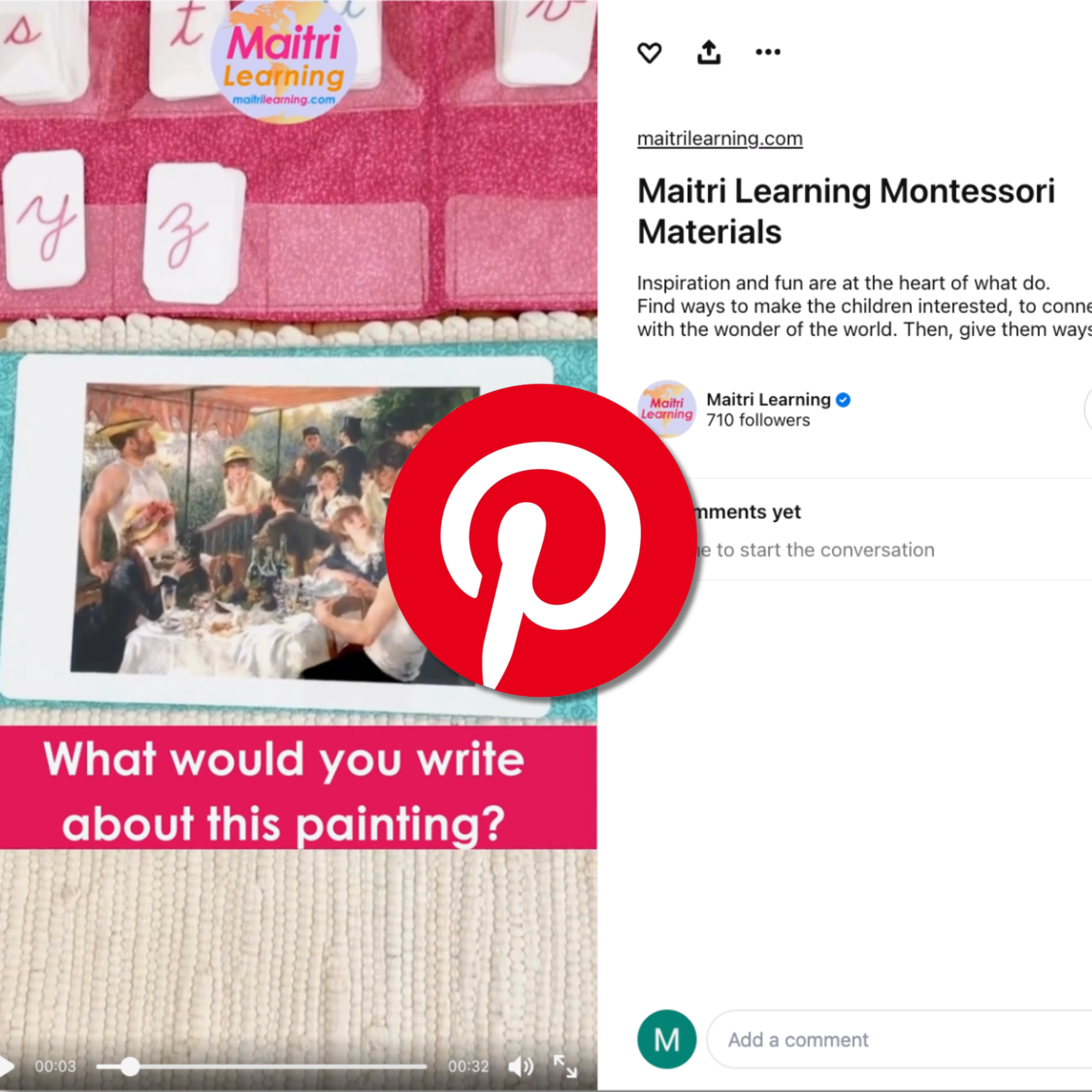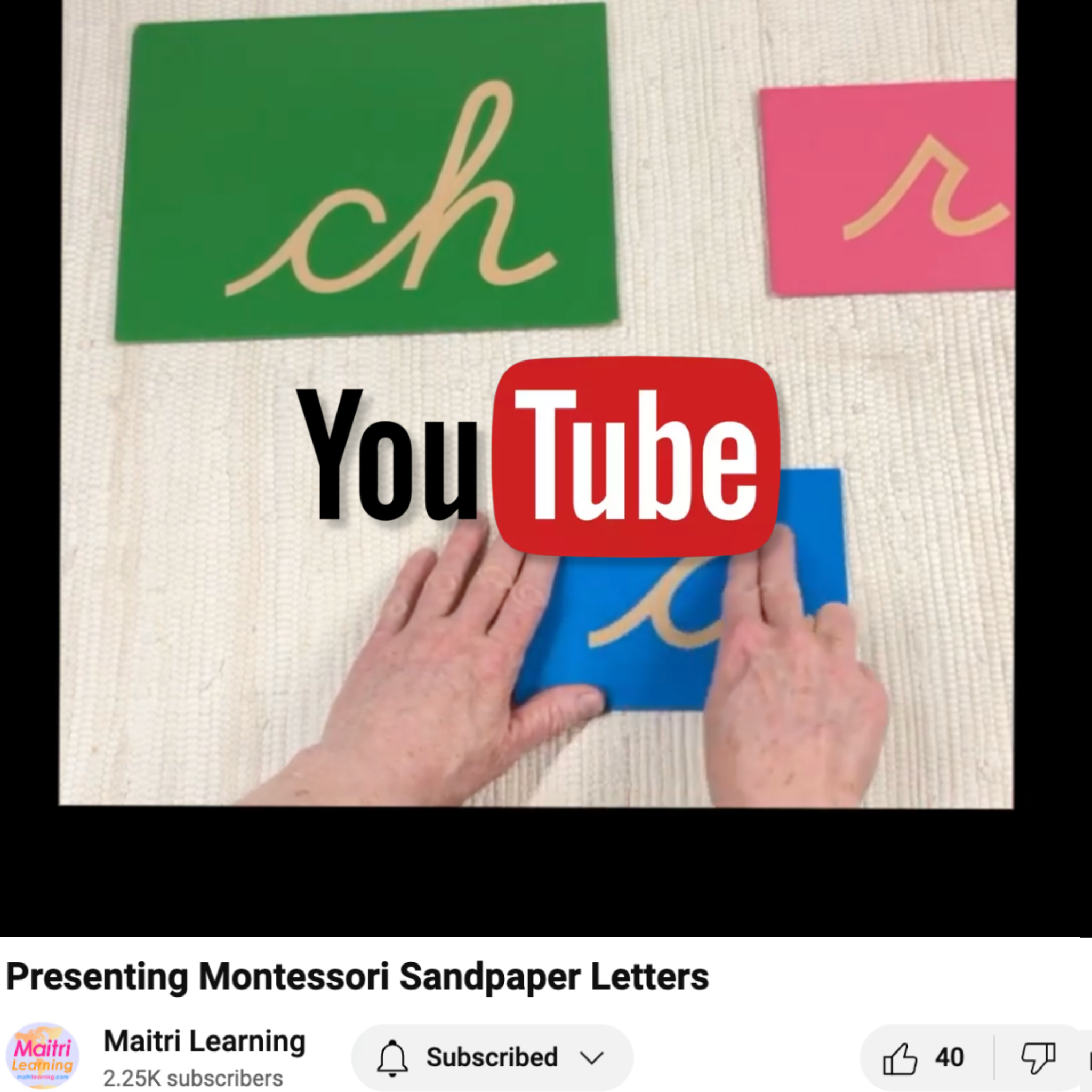Compact setup option for a small footprint
Question:
I have very limited space in my classroom. It looks like your cloth pouches can help me fit a lot more on fewer shelves. How exactly do you recommend setting up the language area?
Answer:
Many of us have limited room in our environments to house all of our language materials. In these situations, cloth pouches and wooden holders can be extremely helpful.
If you take a rotating approach to your materials where you swap out the contents of cloth pouches regularly, you can fit all of your language card and book materials on just three shelves (as shown above). In addition to what is shown here, you will also need metal insets, chalkboards, and a quiet reading area/library.
Keep the principles of order in mind if you choose this approach. Materials should be set up in a logical sequence. Begin with spoken language and proceed in order through phonemic awareness, writing, phonetic reading, phonogram reading, non-phonetic word-level reading, function of words, spelling, word study, advanced reading (like “parts of” anatomy card), definitions in stages (build-a-book), and reading analysis.
Shelf 1 & 2 Contents
Here's what's on the first two shelf units in the photo above. The top Shelf (left-to-right across both shelves) contains a vocabulary card basket; cloth pouches containing vocabulary cards (2), sorting cards (2), matching cards (1), sorting & matching cards (1); Fine art display cards with easels; fine art display cards in cloth pouch, fine art display card displayed on easel (back); fine art matching cards in cloth pouch; sensitizing brush for sandpaper letters.
The middle shelf (left-to-right across both shelves) contains geography folders in color-coded cloth pouches; phonogram (green) and pink/blue movable alphabets in folding cloth pocket charts; phonetic reading 3-part cards levels (pink pouch for level 1, light blue pouch for level 2, chartreuse pouch for level 3 key sound phonograms, pine pouch for level 3 other phonograms); phonics basket (phonetic reading cards in long pink pouch, puzzle words in black pouch, phonetic activity cards in red pouch, phonetic level 4 in purple pouch, phonogram lists in red pouch); 3-part reading cards (6).
The bottom shelf contains the cut-out movable alphabet (in box); solid-color blue, red, and black movable alphabets in folding pocket charts; writing tray; small pouches with labels for labeling the environment; function of words basket; function of word symbols.
Shelf 3 Contents
The third shelf (above) contains materials for children who are stretching past phonetic reading. The top shelf begins with the phonogram spelling folders and phonogram dictionary. Next are cloth pouches holding some 3-part cards that you’ll keep out all year (land and water in the blue pouches and leaf shapes in the green pouch). The other pouches contain 3-part cards that you can exchange throughout the year based on the children’s interests. At the moment, these contain “parts of cards for the flag (deep red), turtle (brown), butterfly (tan), and tree (pine green).
The middle shelf begins with one basket for the entire word study activity group color coded by activity: teal for antonyms, chartreuse for synonyms, grey for compound words, peach for homophones, berry for contractions, yellow for animals and their young/homes/groups, and purple for masculine feminine (animals and humans). Next comes definitions in stages cards and books (build-a-book) that match the 3-part card packets on the shelf above.
The bottom shelf holds reading/sentence analysis materials.
Color-Coding
The color of pouches you choose is based on both the materials enclosed and your personal style. Some materials should be housed in pouches of specific colors.
Geography folders, for example, are color-coded to match the continent map/colored globe.
- North America: Orange
- South America: Pink
- Europe: Red
- Africa: Green
- Asia: Yellow
- Australia: Brown
- Antarctica: White/Ivory
Note that geography folders do not have to be kept in the language area. Alternatively, these can be placed in the cultural/geography area near the globes and puzzle maps.
If you have letter-sound charts or 3-part letter-sound cards (not shown), they should be placed next to the sandpaper letters and housed in color-coded pouches (pink for consonants, blue for vowels, and green for digraphs).
Movable alphabets should be kept in pocket charts that match the primary color of the alphabet letters:
- Pink/blue alphabet: Pink
- Digraph alphabet: Green
- Solid-color alphabets: Red, Blue, or Black
The phonetic 3-part reading cards are often color-coded as follows but this is not strictly required:
- CVC words: Pink
- Consonant blends: Blue
- Phonograms/Digraphs: Green
If you have two groups of phonogram/digraph cards, you may wish to choose two different greens for your cloth pouches (like chartreuse and green or green and pine).
The phonics basket has some recommended color-coding and some flexibility:
- Phonetic word cards: Pink recommended
- Phonetic activity cards: Red recommended
- Puzzle words: You choose, black/grey are good options
- Level 4 phonetic 3-part cards (challenging words): You choose, purple is a good option
- Phonogram lists: You choose, red or green are good options
The phonogram spelling folders are traditionally contained in red folders/pouches. This is meant to isolate the phonogram in each word. While some systems prefer to use green for these (to match the digraph color), that is slightly deceptive because not all common spelling variations are digraphs (think of f as the keysound for the ph spelling variation or s as the key sound for the ci or ce spelling variation). For this reason, we prefer red.
The color-coding for grammar/function of words activities is tied directly to the colors of the grammar symbols. So, it’s important to stay true to those colors:
- Article: Cyan
- Adjective: Blue
- Noun: Black
- Verb: Red
- Adverb: Orange
- Conjunction: Pink
- Preposition: Green
Word study does not have a specific color-coding unless you have materials that are already color-coded. The Maitri Learning word study materials use the following color-coding so as not to conflict with the color schemes in other areas of the learning environment:
- Antonyms: Teal
- Synonyms: Chartreuse
- Compound words: Grey
- Contractions: Berry
- Homophones: Peach
- Animals and their young, groups, homes: Yellow
- Masculine/Feminine: Purple
Aside from these specifics, you can choose whatever color-coding scheme you prefer for the remaining materials.
If this is something you'd like to do in your space, check out our cloth pouches to help you get started. Or, contact us and we'll help guide you through the process of finding exactly what you need.


















Leave a comment
This site is protected by hCaptcha and the hCaptcha Privacy Policy and Terms of Service apply.